- Joined
- Apr 19, 2008
- Messages
- 1,493
There is a new article on Pricescope journal by Karl K ( strmrdr ).
Virtual Facets and patterns, a Discussion about step cuts.
http://journal.pricescope.com/Articles/61/1/Virtual-Facets-and-patterns%2c-a-Discussion-about-step-cuts-.aspx
I want to thank him for his contribution to the Pricescope community.
Andrey
PS Admin
Virtual Facets and patterns, a Discussion about step cuts.
http://journal.pricescope.com/Articles/61/1/Virtual-Facets-and-patterns%2c-a-Discussion-about-step-cuts-.aspx
I want to thank him for his contribution to the Pricescope community.
Andrey
PS Admin








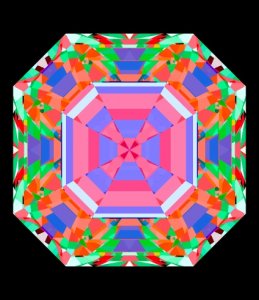
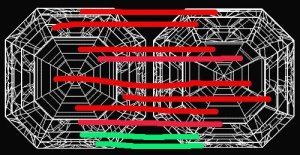
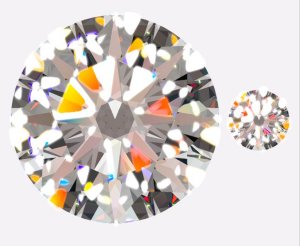
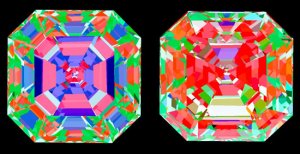
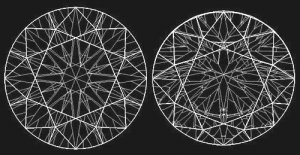


300x240.png)